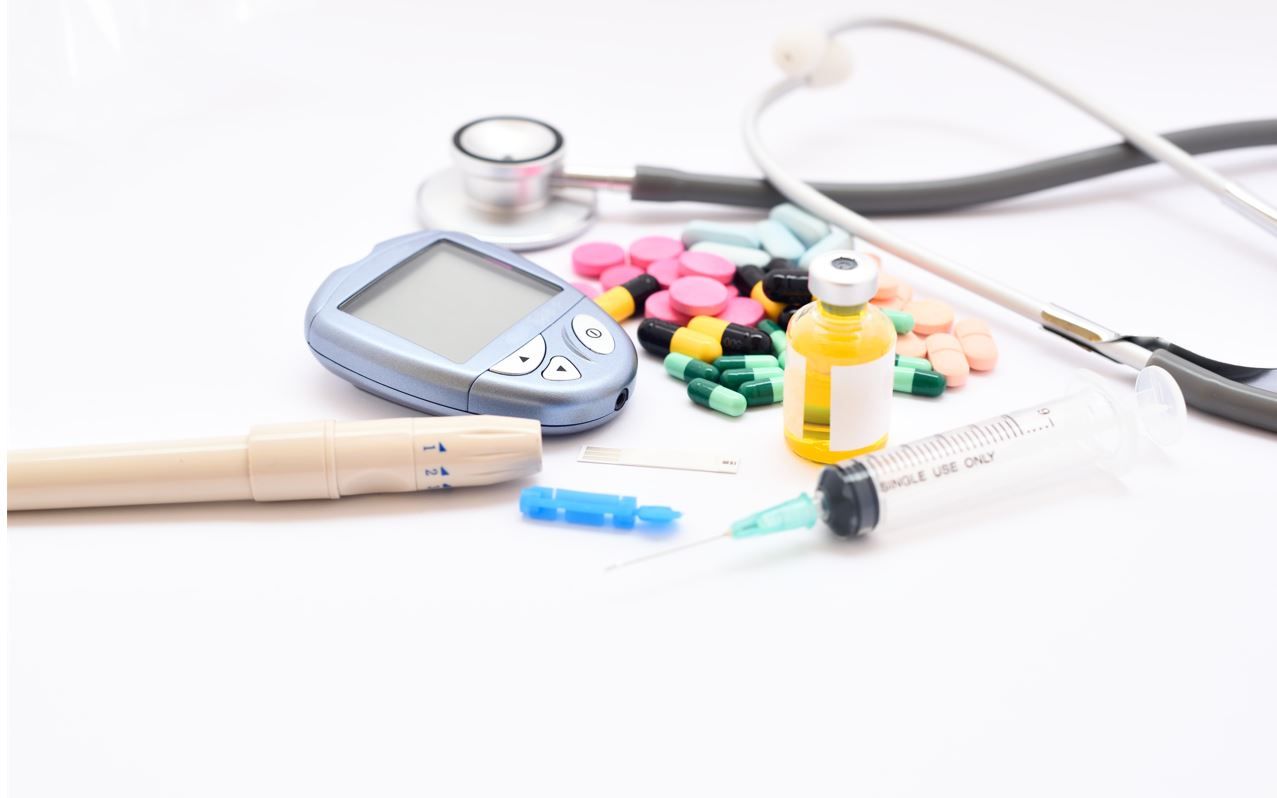- Clinical Technology
- Adult Immunization
- Hepatology
- Pediatric Immunization
- Screening
- Psychiatry
- Allergy
- Women's Health
- Cardiology
- Pediatrics
- Dermatology
- Endocrinology
- Pain Management
- Gastroenterology
- Infectious Disease
- Obesity Medicine
- Rheumatology
- Nephrology
- Neurology
- Pulmonology
SUSTAIN-10 Post-hoc Analysis Suggests Additive Benefits for GLP-1 RA-SGLT-2i Combination
This post-hoc analysis showed increased reductions in A1c, weight, and BP in T2D patients prescribed GLP-1 receptor agonists who were already taking an SGLT-2 inhibitor.
©abidika/stock.adobe.com

Adding a glucagon-like peptide (GLP)-1 receptor agonist to ongoing treatment with a sodium-glucose cotransporter- (SGLT) 2 inhibitor for patients with type 2 diabetes (T2D) was associated with additional decreases in A1c, body weight, and systolic blood pressure (SBP), in a post-hoc analysis of the SUSTAIN-10 clinical trial presented at the 57th European Association for the Study of Diabetes annual meeting, being held virtually from September 28 to October 1, 2021. The authors report, also, that the combination presented no additional safety concerns,
As context for their analysis the SUSTAIN-10 authors, led by Matthew Capehorn, MBChB, of the Rotherham Institute for Obesity, note in the study abstract that although the 2 drug classes are increasingly being used together in clinical practice, data on the safety and efficacy of the combination that would be valuable to treatment decisions are “sparse.”
SUSTAIN-10 presented an opportunity to study the issue, they point out, as the trial evaluated 2 different GLP-1 receptor agonists (daily liraglutide and weekly semaglutide) and stratified participants according to background medications at baseline.
In brief, SUSTAIN-10 was a phase 3b 30-week, open-label trial that included 577 participants with T2D not well controlled with 1 to 3 antihyperglycemic agents (metformin, sulfonylurea, and SGLT-2 inhibitors). Participants were randomized 1:1 to receive weekly subcutaneous semaglutide 1.0 mg or daily subcutaneous liraglutide 1.2 mg. Endpoints of interest were change from baseline to Week 30 in A1c, body weight, and SBP.
From the SUSTAIN-10 cohort for this post-hoc analysis investigators identified 73 participants taking semaglutide 1.0 mg/week with a background SGLT2 inhibitor and 217 without and 69 participants taking liraglutide 1.2 mg/day with a background SGLT2 inhibitor and 218 without. Baseline use of metformin ranged from 91.3% to 97.2% across semaglutide and liraglutide treated groups, with or without an SGLT-2 inhibitor. Between one-third and one-half were taking a sulfonylurea.
RESULTS
Treatment effects with once weekly semaglutide and once-daily liraglutide on A1c and body weight were assessed in participants with and without SGLT-2 inhibitor use at screening. Researchers also assessed impact on SBP in each subgroup as well as safety endpoints.
From baseline to week 30, regardless of SGLT-2i use, all 4 study groups achieved significant reductions in all 3 measures:
A1c average reductions
- Semaglutide: 1.6% with and 1.8% without an SGLT-2 inhibitor.
- Liraglutide: 0.7% with and 1.1% without an SLGT-2 inhibitor
Body weight average reductions
- Semaglutide: 5.3 kg with and 5.9 kg without an SLGT-2 inhibitor
- Liraglutide: 1.1 kg with and 2.2 kg without an SLGT-2 inhibitor
SBP average reductions
- Semaglutide: 2.4 mm Hg with and 5.2 mm Hg without an SLGT-2 inhibitor
- Liraglutide: 3.2 mm hg with and 3.6 mm Hg without an SLGT-2 inhibitor
Capehorn and colleagues reported no unexpected safety concerns across study groups. They noted the adverse events seen were consistent with those known for the 2 medication classes and that adverse event-related treatment discontinuation was low.
Source: Capehorn M, Catarig A-M, Frenkel O, et al. Efficacy and safety of GLP-1RAs with or without baseline SGLT-2i: post hoc analysis of the SUSTAIN 10 trial. Abstract presented at: Annual Meeting of the European Association for the Study of Diabetes; held online September 28 - October 1, 2021.
